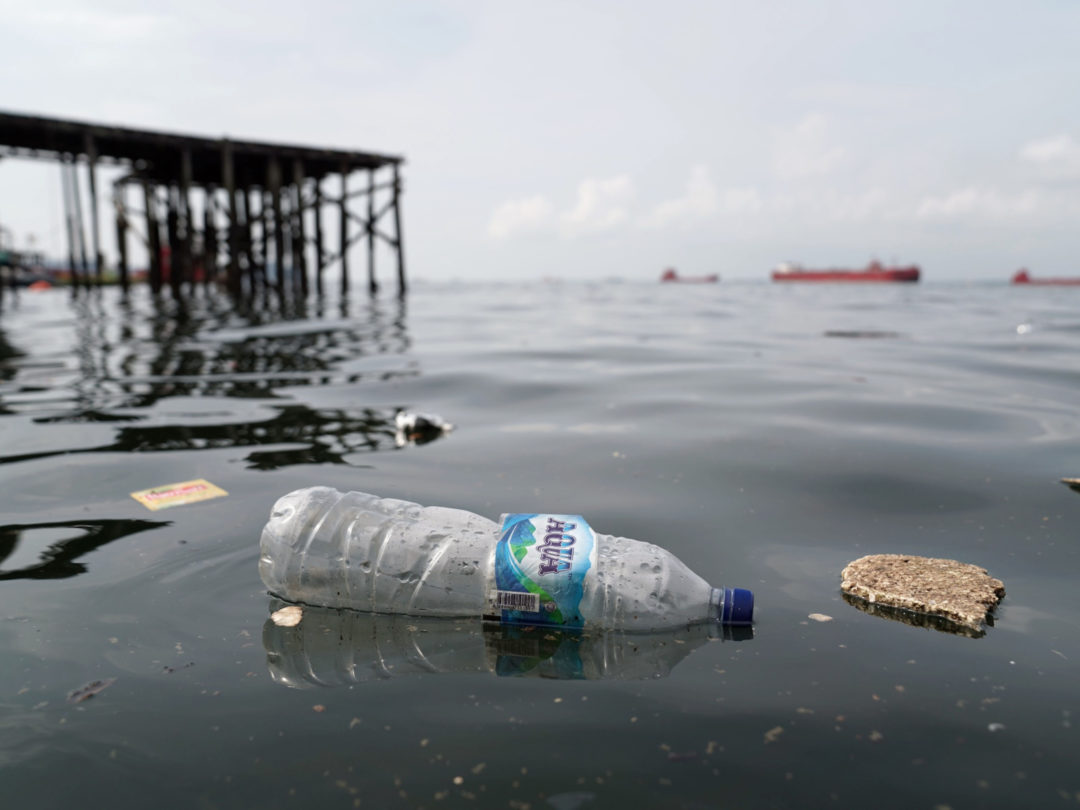
Visit Our Sponsors |
|
|
|
|
|
|
|
|
|
|
|
|
|
|
|
|
|
|
|
|
|
|
|
|
|
|
|
|
|
|
|
|
|
|
|
|
|
|
|
|
|
|
|
|
|
|
|
|
|
|
|
|
|
|
|
|
|
|
|
|
|
|
|
|
|
|

According to retail respondents in Gartner’s 2018 Supply Chain and the Circular Economy Survey, consumer demand for sustainability is a chief driver for pursuing circular initiatives, trailing only cost optimization. In fact, 81% of consumers say it is “very important” or “extremely important” for businesses to embrace programs to improve the environment.
Eight million tons of plastics enter the ocean each year. That’s the equivalent of one truckload every minute. Without any action, this would increase to four truckloads per minute by 2050, making plastic the largest mass inhabiting ocean water. One million plastic bottles are sold every minute, and an overwhelming 95% of plastic packaging is lost to the economy after a single use.
Even if your organization is in a region that isn’t among the top polluters, it’s likely that your company does business within countries high on the list, so you need to become involved. And it’s likely that government regulations will require your involvement anyway. For example, in 2018 the European Parliament approved a sweeping ban on single-use plastics. Under the proposed directive, items such as plastic straws, cotton swabs, disposable plastic plates and cutlery would be banned by 2021, and 90% of plastic bottles must be recycled by 2025.
Given these trends, it’s essential to operate a supply chain that considers how consumers dispose of products at the end of their useful life. It’s not enough today to collaborate with suppliers. You must clearly understand what happens to packages after consumption. It helps that sustainability is proving to have a strong ROI:
Companies such as HP, Nike, Unilever, Cisco and H&M are exploring circular-economy models that place supply chain at the center of determining new modes of sourcing, production and logistics, including reverse logistics. These models aim to drive business growth with minimal natural resources, operating with a progressively smaller environmental footprint as the lifecycle analysis (LCA) improves for each generation of new products.
Consider launching circular-economy initiatives within and outside of your industry, and provide supplier training and development programs to support best practices for strategies that are crucial to the circular economy, such as sustainable packaging, responsible sourcing, elimination of conflict materials, and a focus on improving labor conditions.
Outlook
Just a few years ago, it seemed unlikely that supply chains would be waste-free. Now that expectation is real. To remain competitive, supply-chain leaders must dramatically alter how supply chains operate, shifting from wasteful linear models to circular models that reuse and renew. They need to:
John Johnson is senior editor with Gartner.
RELATED CONTENT
RELATED VIDEOS
Timely, incisive articles delivered directly to your inbox.

